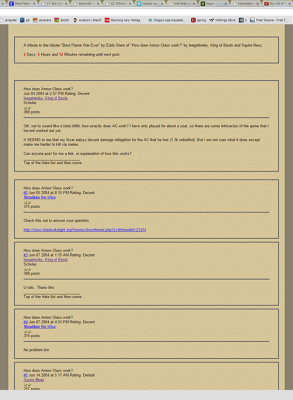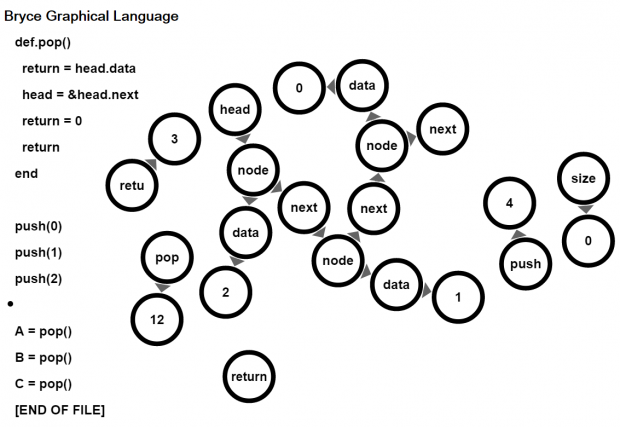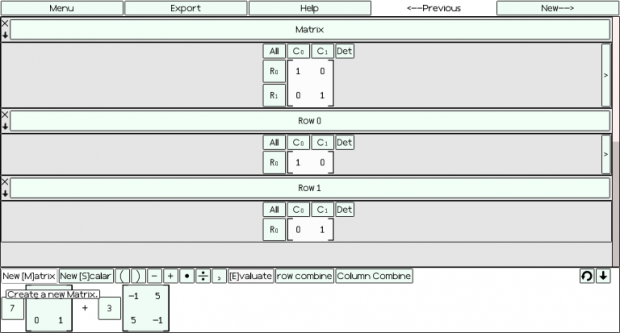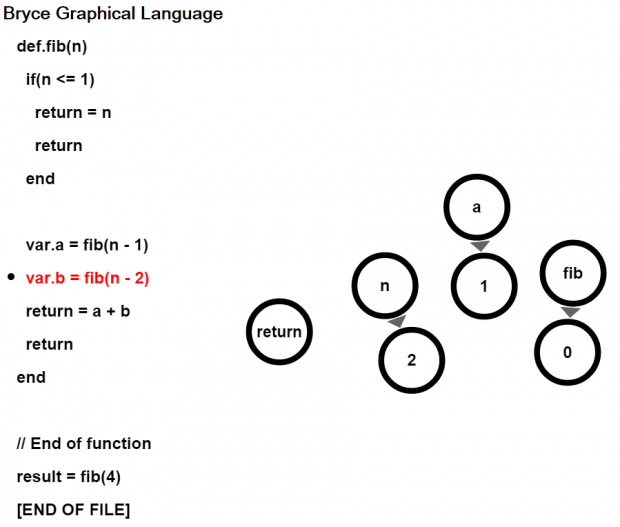Short Description:
Tweets tweets, Yoda style. (I am Yoda. => Yoda, I am.)
(This is the secondary project.)
Link:
This bot is called @YodaLifeIs and its URL is https://twitter.com/yodalifeis.
Description:
This was my secondary project, so admittedly, I dashed to get this done. I basically used Temboo and Processing to collect random tweets and then process them to emulate the backwards-sentence Yoda style of speaking (for example, the sentence “You are brave” would get processed to “Brave, you are.”) However, both due to my inexperience in Twitter as well as my rush to get this done, I foolishly forgot to follow the “don’t @message people” rule. (I saw the bot working, assumed all was good, and let it run. I didn’t realize the way @messages worked until I saw some replies.) Once I discovered this at the 95th tweet, I immediately killed the bot. Fortunately, despite this malady, the response has been seemingly positive.
One auto processed tweet was particularly funny, both to me and the recipient:
weak., @supbugs you’re germs are. Yesss.
— Yoda Life (@YodaLifeIs) March 3, 2015
Here is the response from supbugs: 
I’d like to make a specific comparison to one of the examples described in Michael Cook’s Brief History of the Future of Twitter Bots, @RedScareBot. RedScareBot has been called an “a**hole,” complete with a suspended account. I think the primary reason why YodaLifeIs received positive reception (so far), whereas RedScareBot did not, is simply due to the subject matter. People generally think of Yoda as a benevolent, wise, and overall good force in the world. McCarthyism and the Red Scare, however, has been historically extremely biased, mean, and hypocritical, not to mention that it was one of the main reasons why the Cold War was so cold. In any case, the biggest lesson I’ve learned with this project is to be more careful when dealing with social media, especially with automated systems. While YodaLifeIs was a harmless exploration of the internet, I understand a lot of damage can be done, even unwittingly, when playing around with these kind of things.
Here are some more tweets from YodaLifeIs:
move at all carry me, RT @UnknownWowFacts: no I will not make the first move I will not.
— Yoda Life (@YodaLifeIs) March 3, 2015
Limits: Do what is right, not what is easy., RT @Lif. Hrrrm.
— Yoda Life (@YodaLifeIs) March 3, 2015
too short to live the same day twice. So each new day make sure you live your life., RT @wisdomsquote: Life is. Yesss.
— Yoda Life (@YodaLifeIs) March 3, 2015
approve of this message. pic.twitter.com/xhBZGEbona, I do not.
— Yoda Life (@YodaLifeIs) March 3, 2015
glad my parent still proud of me although my result is not that good., I am.
— Yoda Life (@YodaLifeIs) March 3, 2015
not a comedian, but I play one on twitter., I am. Hrrrm.
— Yoda Life (@YodaLifeIs) March 3, 2015
exhausted. I have no more energy left in me. ? #ineedsleep, I am. Yesss.
— Yoda Life (@YodaLifeIs) March 3, 2015
excuses., All I see are.
— Yoda Life (@YodaLifeIs) March 3, 2015
ppl care about college sports ?, How do. Hrrrm.
— Yoda Life (@YodaLifeIs) March 3, 2015


 ” ( I don’t think he knew how funny the flame war was)
” ( I don’t think he knew how funny the flame war was)








